Recently, the Monitor checked in with technology leaders around the industry, including one of LTi’s very own IT leader and COO, Bill Weeks. In the discussion, Bill spoke about digital transformation and the unprecedented opportunities that new technologies can bring to the industry. A new survey by McKinsey & Company revealed, “Responses to COVID-19 have speeded the adoption of digital technologies by several years–and that many of these changes could be here for the long haul.” As evidence of nearly the last year in the pandemic, the coronavirus has silenced any lingering doubts about the necessity of digital transformation to business longevity. Today, we will recap on three key questions and answers from Monitor’s Catch Up and how LTi’s COO, Bill Weeks, advise on fusing IT and business together.
1. Commercial lending is incredibly behind consumer lending when it comes to technology. How can the equipment finance industry learn from the consumer space? As a technology leader, what technology trends do you think the industry needs to adopt to thrive as we head into 2021 and beyond?
Weeks: There is a great deal of innovation taking place in the consumer space that the equipment finance industry can leverage. For example, the mortgage industry has typically been several years ahead in technology and automation. This is due to the mortgage industry being consumer-driven and constantly shifting. A lot of the credit automation and scoring technologies that we benefit from today in equipment finance originated in mortgage. Document automation and e-signature are also great examples that came from consumer mortgage.
Today, although mortgage continues to be relevant, it also makes sense to take a hard look at the FinTech companies. The companies are balancing speed, agility, technology, and risk management to deliver new solutions in the consumer space. Additionally, I would encourage equipment finance IT leaders to learn what these FinTech companies are doing to disrupt their markets. Then spend some time to determine if similar approaches can be used to disrupt our market and improve the overall customer experience. Avoid implementing technology for “technology’s sake” without thinking through how it will benefit your business and your customers.
2. We’ve seen a big shift in technology adoption in the equipment finance industry in 2020. However, in a Monitor Live+ event, we heard that many customers and employees can be resistant to adopting new technologies. What can equipment finance companies and IT leaders do to ensure smooth transition for all stakeholders when adopting new technologies?
Weeks: The biggest challenges with technology adoption are typically not the technology but the organizational change management approach to handle the people side of the change. Unfortunately, many companies and leaders think that organizational change management is an “end-user” problem. In reality, this is far from the truth.
Our people, more than anything else, need to understand “the why” behind the change. They need to understand how they can help to achieve the desired result. Furthermore, good change leadership, whether technology focused or organizationally focused, is just like good business leadership. Of course, the CEO needs to be able to get up in front of a company and explain why it’s important for the company to achieve a certain goal. However, leaders at all levels of the organization need to do the same things when it comes to change management.
If your organization is struggling with this, a great resource to help is the book “People Before Things” by Chris Laping, former CIO, IT leader, and business transformation officer of Red Robin. Although it sounds easy, change can be hard, and Laping does an excellent job of helping leaders understand how to be successful.
3. Any other thoughts as an IT leader that you want to add about technology in the equipment finance industry?
Weeks: Be deliberate in implementing any technology. Throughout my career as an IT leader both in and out of equipment finance, I have followed a business-focused approach of “People, Process, Technology.” Always consider the people first. Who’s this going to impact and how is it going to benefit them? Moreover, how are their day-to-day jobs going to transform and how will the organization perceive the change? Do we have the right people and skill sets?
The second piece is the process. Do we have a good solid process today? Automating a bad process or “paving the cow path” almost always results in disappointing results.
Finally, once we have the people and process components figured out, we can select an appropriate technology to apply. Is technology needed? I have seen several projects that achieved full benefits without the use of technology. They achieved this just by educating the people doing the work and tuning up a bad process. Additionally, I’ve also seen many leaders who get so enamored with the technology that they forget the first two pieces. If you need new the technology, make sure you have the people and process pieces figured out before you implement.
From there it comes down to strategy, execution, and leadership. The strategy is how the people, process, and technology changes you are making fit into your overall business. It’s the foundation of the “why” we discussed before and the basis for which your organization’s change messaging will be derived. Next is leadership. Communicating the need for change, the why, and how you expect your teams to execute on the required changes. Companies and IT leaders cannot overlook execution.
It sounds simple but “plan the work and work the plan” is the approach here. Ensure good communication throughout the process so everyone stays informed.

